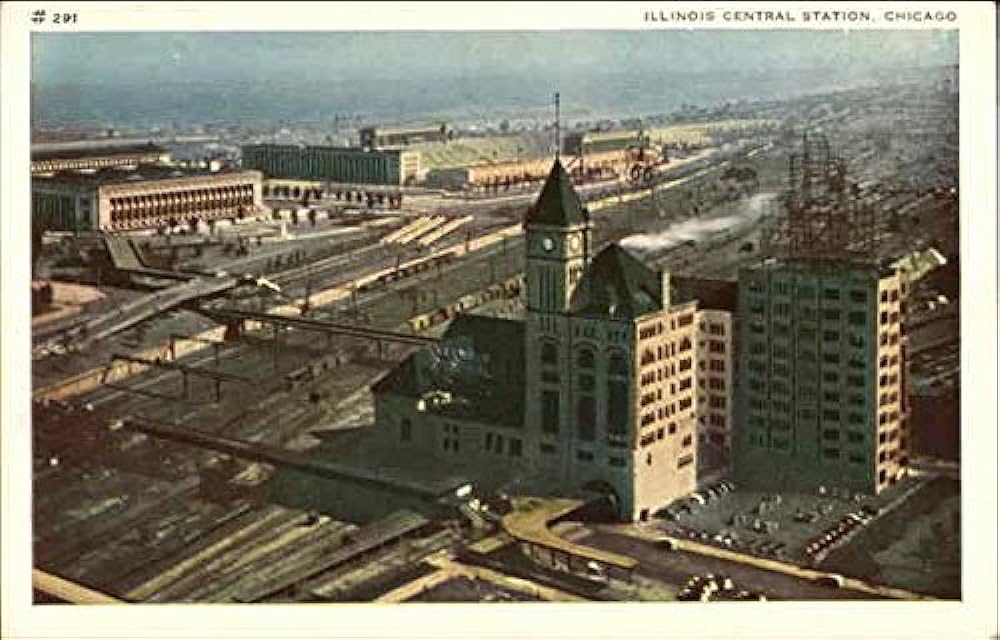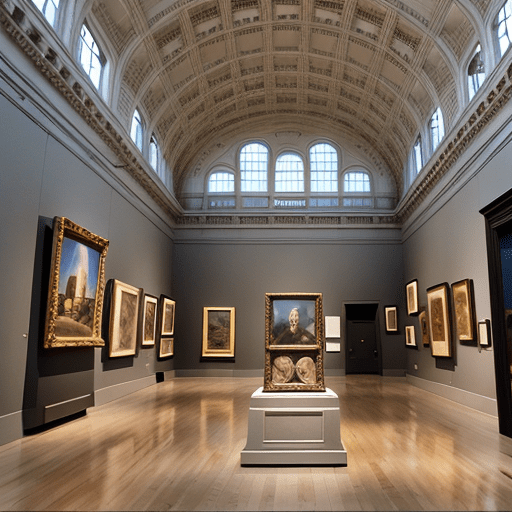The Historical Grandeur of Central Station, Chicago
Located at the heart of Chicago, the Central Station holds a profound place in Chicago’s history. Serving as an important hub for the Illinois Central Railroad and several other railway companies, this architectural marvel was once the pulsating heart of Chicago’s bustling railway system.
A Glimpse into the Past
Central Station, also known as the Chicago Terminal, was indeed the primary nucleus for the Illinois Central. However, it was not limited to this single railway line. The New York Central, along with a handful of other railway companies, also utilized this station. Despite only a few railroads using the building, Central Station was the busiest station in Chicago in terms of train movements.
The Architectural Marvel
The station was not just a functional piece of infrastructure, but an architectural wonder. As one of Chicago’s six grand passenger terminals, Central Station was arguably the most beautiful. The station’s design was the creation of New York architect Bradford Gilbert. The red-brick, Romanesque style structure, adorned with local sandstone and arched windows, resembled a Medieval European castle. The station’s stunning visual appeal was further accentuated by a beautiful 225-foot clock tower that reached 13 stories into the sky.
The Grand Opening
The Central Station officially opened its doors on April 17, 1893, just in time for the World’s Columbian Exposition later that year. The terminal featured a run-through design, which allowed trains to enter and exit without reversing their direction.
The World’s Largest Train Shed
Central Station was home to the world’s largest train shed at the time of its opening. Measuring 610 feet long and 140 feet wide, the shed was located just east of the Illinois Central electrified main line, which extended north to the Illinois Central Depot. This depot was now exclusively used for commuter trains.
A Hub of Activity
In its heyday, Central Station was a hub of activity with numerous trains passing through its gates daily. Despite the decline of rail travel in the 1950s and 1960s, the Illinois Central still dispatched between 10 and 20 trains per day from this terminal.
The Decline and Demolition
However, as with many historical landmarks, Central Station’s glory days were not meant to last. With the creation of Amtrak in 1971, a decision was made to consolidate all of the city’s terminals. Unfortunately, Central Station did not make the cut.
The last train to depart from the station was the Panama Limited of the Illinois Central Railroad, which left on April 30, 1971. The following day, Amtrak took over, continuing to use Central Station until March 6, 1972. After this date, all remaining trains were transferred to Union Station.
End of an Era
The station’s closure marked the end of an era. Its magnificent structure was demolished in 1974, a decision that was met with sadness by many residents who had grown up with the station as a part of their city’s skyline.
Today, the area where the station once stood is an extension of Grant Park. The original tracks of the Illinois Central, minus the large yard, still continue northward to the Metra stations at Van Buren and Randolph streets.
Part Of Chicago History
Though the Station is no longer physically present, it is still remembered with fondness by those who recall its grandeur and importance. The station was not just a terminal; it was a symbol of Chicago’s rich history and its pivotal role in the growth of the city.
In its time, Central Station was a beacon of architectural beauty and a testament to the city’s significance as a hub of transport and commerce. Its legacy lives on in the memories of those who walked its platforms and in the history of the great city it served.
The Central Station of Chicago, with its grand architecture and historical significance, is a poignant reminder of an era when rail travel was the lifeblood of the city. Despite its demolition, its legacy lives on, immortalized in the pages of Chicago’s vibrant history. The station, in its time, was a symbol of progress, a testament to architectural brilliance, and a central part of the city’s pulsating railway system. Even though the station no longer stands, its spirit continues to infuse life into the Windy City’s ongoing narrative.



